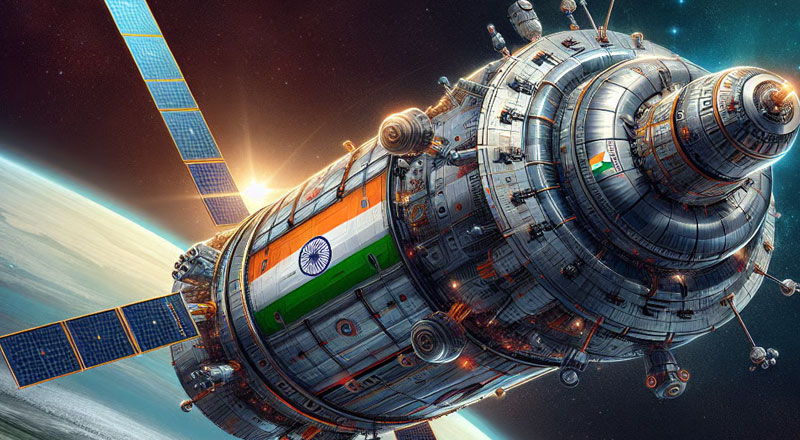The Tariff Shockwave
Apple, one of the world’s biggest tech giants, is facing an unprecedented financial blow after US President Donald Trump’s new tariff policy. The latest round of tariffs has severely impacted Apple’s global supply chain, with its shares plunging by over 9% and the company losing $300 billion in market value overnight.
The US has imposed steep new tariffs on imports from more than 180 countries, including Apple’s key manufacturing hubs—China, India, and Vietnam. As Apple struggles to cope with rising costs, consumers worldwide could soon face significantly higher prices for their favorite gadgets. With some estimates suggesting a potential 40% price hike, could we really be looking at a future where an iPhone costs nearly ₹2 lakh?
How Trump’s Tariffs Impact Apple
Trump’s trade policy, which aims to impose “reciprocal tariffs,” has targeted major economies involved in Apple’s supply chain:
- China (54% tariff) – The largest manufacturing hub, producing 90% of all iPhones.
- India (26% tariff) – Apple has been ramping up production, aiming for 25% of all iPhones to be made here.
- Vietnam (46% tariff) – Key production site for iPads and Apple Watches.
Why Apple Is Feeling the Heat
Apple’s production network heavily relies on these Asian economies. According to research firm Evercore ISI, China accounts for:
- 80% of Apple’s total manufacturing capacity
- 55% of Mac production
- 80% of iPad assembly
With these high import taxes, Apple must either absorb billions in extra costs or pass them on to consumers—either choice poses significant challenges.
Will iPhone Prices Skyrocket?
If Apple decides to pass the additional costs to consumers, the price hikes could be staggering. According to analysts, iPhone prices may increase by 30-43%.
Projected Price Hikes:
If Apple decides to pass the additional tariff costs onto consumers, the price hikes could be staggering. Analysts predict that the iPhone 16, currently priced at around ₹68,000 in the US, may rise to ₹97,200. The iPhone 16 Pro Max, which currently costs ₹1,36,100, could see its price soar to nearly ₹1,95,766. Even the more budget-friendly iPhone 16e, now available for ₹51,000, might retail at approximately ₹73,000. These steep increases could make Apple’s flagship devices significantly less accessible to the average consumer, pushing them toward alternative brands. For premium models like the iPhone 16 Pro Max, prices could approach ₹2 lakh, making the device inaccessible to many.
A global tech analyst warns: “Apple relies on China for 90% of its production. With such high tariffs, iPhones and Apple Watches will definitely see price increases. Moving production to the US is neither easy nor cheap.”
Apple’s strategy of diversifying its supply chain to India and Vietnam is also under pressure, as these countries are facing their own set of tariff increases.
How Consumers Worldwide Will Be Affected
- Higher Prices Across All Apple Products
The import duties will impact every Apple product, including iPhones, iPads, MacBooks, and wearables like the Apple Watch. Even accessories like AirPods and chargers could see price increases.
- Apple’s Profit Margins at Risk
If Apple chooses to absorb the costs rather than passing them to consumers, it faces a massive financial setback.
- The company could lose $8.5 billion annually due to increased import costs.
- Without price hikes, Apple’s total gross margin could shrink by 9%.
- Net profit could fall by 14% this year, according to Jefferies analysts.
- Global Demand Could Suffer
Higher prices may drive customers toward competitors like Samsung, OnePlus, and Google, forcing Apple to rethink its pricing strategy.
Can Apple Save Itself?
Apple has navigated tariff issues before. When Trump imposed tariffs on Chinese imports during his first term, Apple secured exemptions on several products. The company is now lobbying the White House for similar relief.
Potential Strategies:
- Exemption Requests: Apple is pushing for exemptions from the 54% tariff on Chinese goods.
- Increased US Investment: Apple has committed to investing $500 billion in the US, including a new AI server manufacturing facility in Texas.
- Supply Chain Shifts: Apple may accelerate its move to India and Vietnam, despite current tariffs.
However, analysts believe even if Apple gets exemptions, it will still need to pay suppliers better to sustain production outside China.
The Uncertain Future of iPhone Pricing
With Apple caught in the middle of an escalating US-China trade war, the company faces tough choices. Absorbing the additional costs will hurt profits, while passing them on to consumers risks shrinking demand.
While no immediate drastic price jumps are expected, analysts suggest that by 2025, iPhones could be significantly more expensive. If no exemptions are granted, Apple fans may soon have to rethink their budget—or switch brands.
For now, consumers can only hope that Apple finds a way to shield them from the brunt of these tariffs. But if trends continue, a ₹2 lakh iPhone may not be far from reality.
(With agency inputs)





